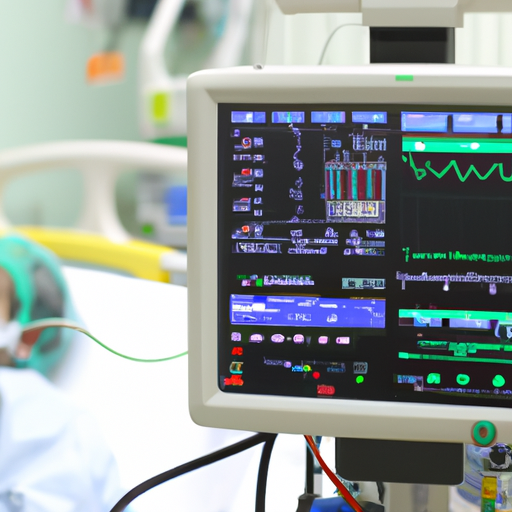In recent years, Remote Patient Monitoring (RPM) has become a pivotal part of modern healthcare, particularly accelerated by the global pandemic. This innovative technology allows healthcare providers to monitor patients’ health data in real-time, offering numerous benefits in chronic disease management and improving patient outcomes.
What is Remote Patient Monitoring?
Remote Patient Monitoring refers to the use of digital technologies to collect and transmit health data from patients in their homes to healthcare providers. With the help of various devices such as wearable sensors, smartwatches, and mobile apps, RPM enables medical professionals to track vital signs, medication adherence, and overall health status remotely.
Benefits of RPM in Healthcare
- Improved Patient Outcomes: Continuous monitoring can lead to proactive healthcare interventions, reducing hospital readmissions and emergency visits.
- Increased Patient Engagement: RPM fosters a sense of involvement in one’s health, encouraging patients to take charge of their conditions through real-time feedback.
- Cost-effective Care: By reducing the need for in-person visits and hospital stays, RPM can lower overall healthcare costs for both patients and providers.
How RPM is Changing Chronic Disease Management
Chronic diseases such as diabetes, hypertension, and heart disease require constant monitoring. RPM technologies enable patients to manage their conditions more effectively while providing healthcare providers with critical data to inform treatment plans. For instance, a patient with diabetes can use a glucose monitor connected to an app that automatically sends readings to their doctor, ensuring timely adjustments in their care regimen.
The Future of Remote Patient Monitoring
As technology continues to evolve, the future of Remote Patient Monitoring looks promising. Integrations with AI and machine learning are expected to enhance data analysis, allowing for better predictive analytics in patient care. Moreover, a growing emphasis on telemedicine post-pandemic signifies that RPM will play a key role in shaping the future of healthcare delivery.
Conclusion
Remote Patient Monitoring is not just a trend; it is a fundamental shift toward more efficient, patient-centric healthcare. As its adoption continues to rise, the potential for improved health outcomes and enhanced quality of life for patients is immense.
Stay informed about the latest advancements in healthcare technology by subscribing to our updates today!




